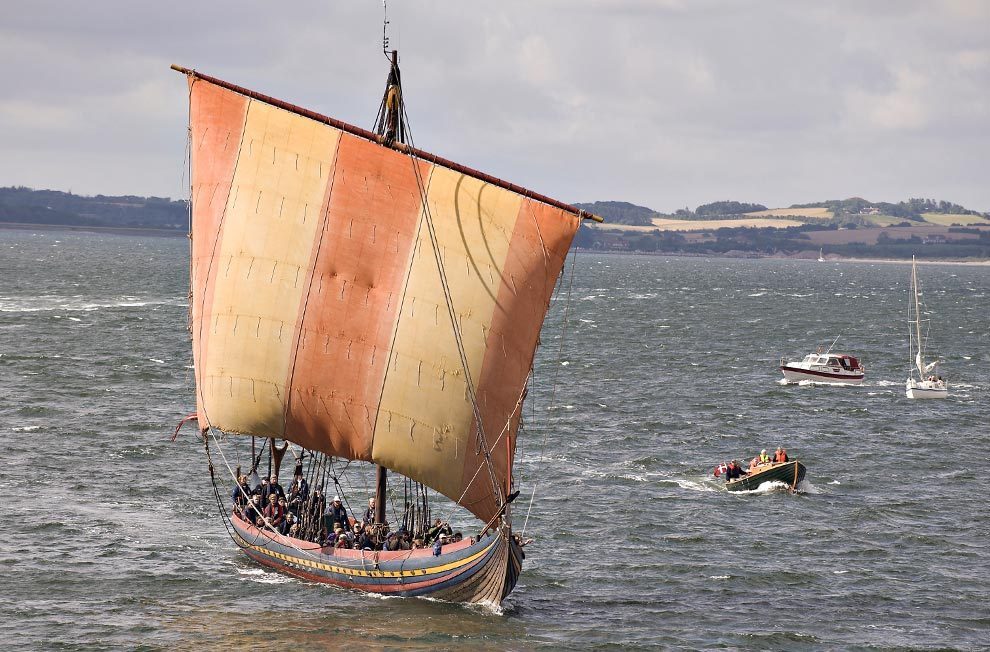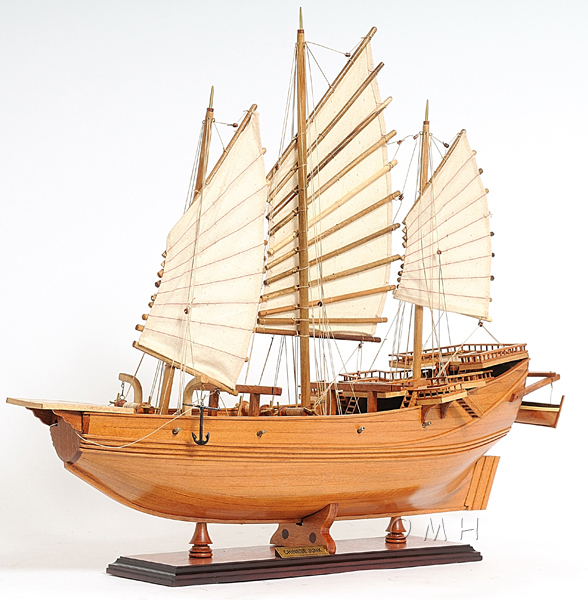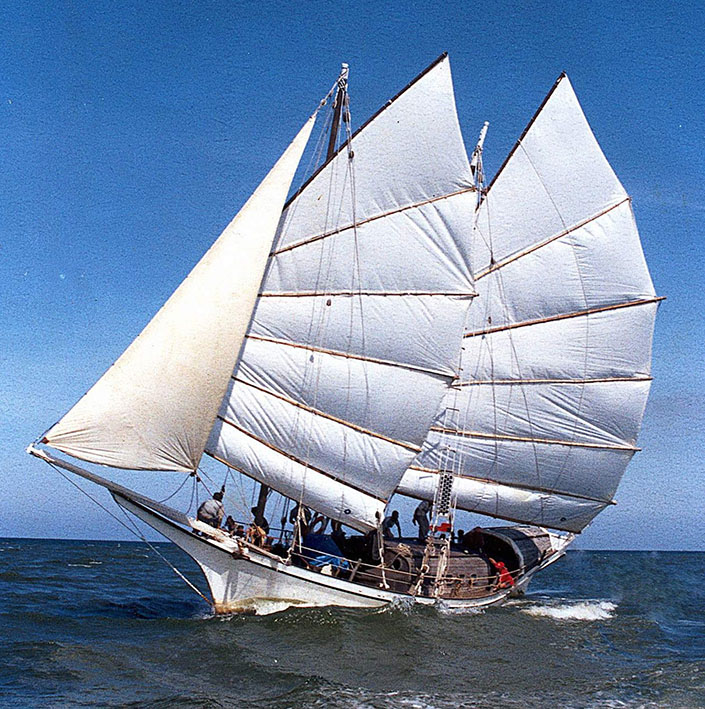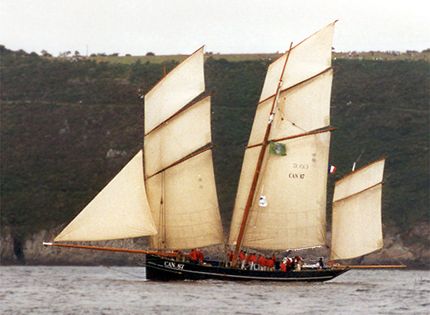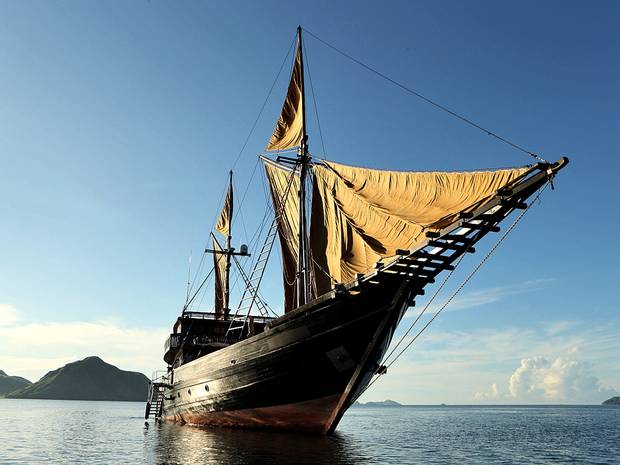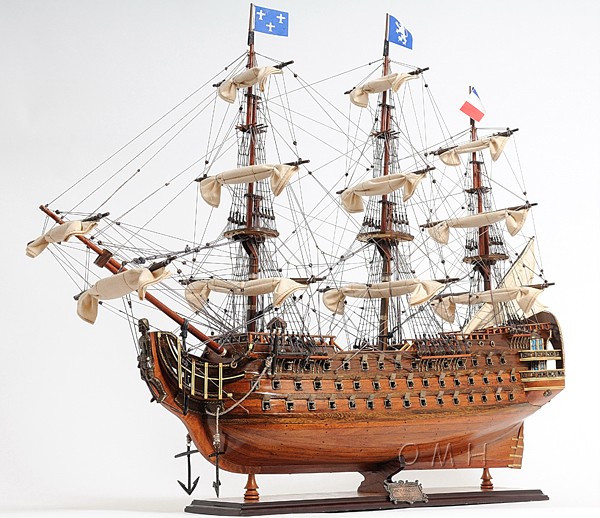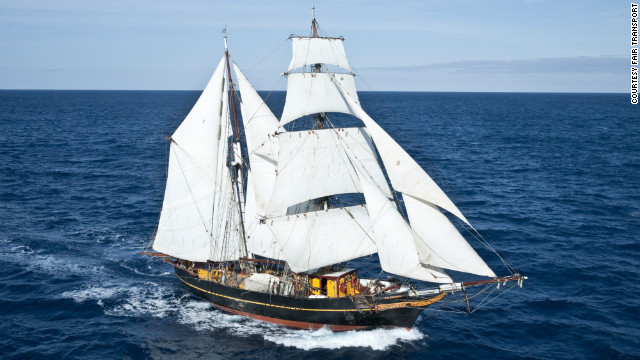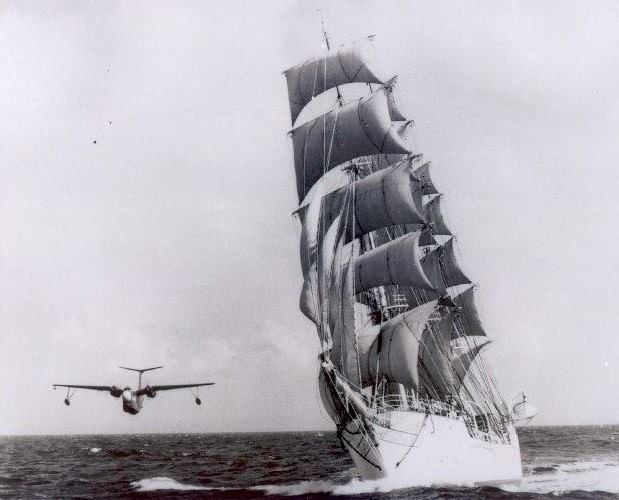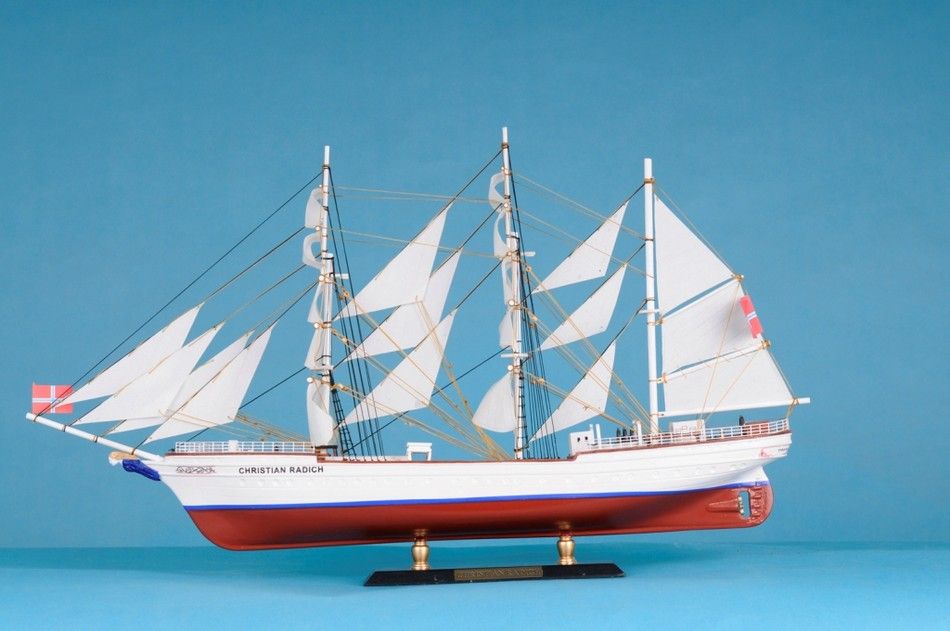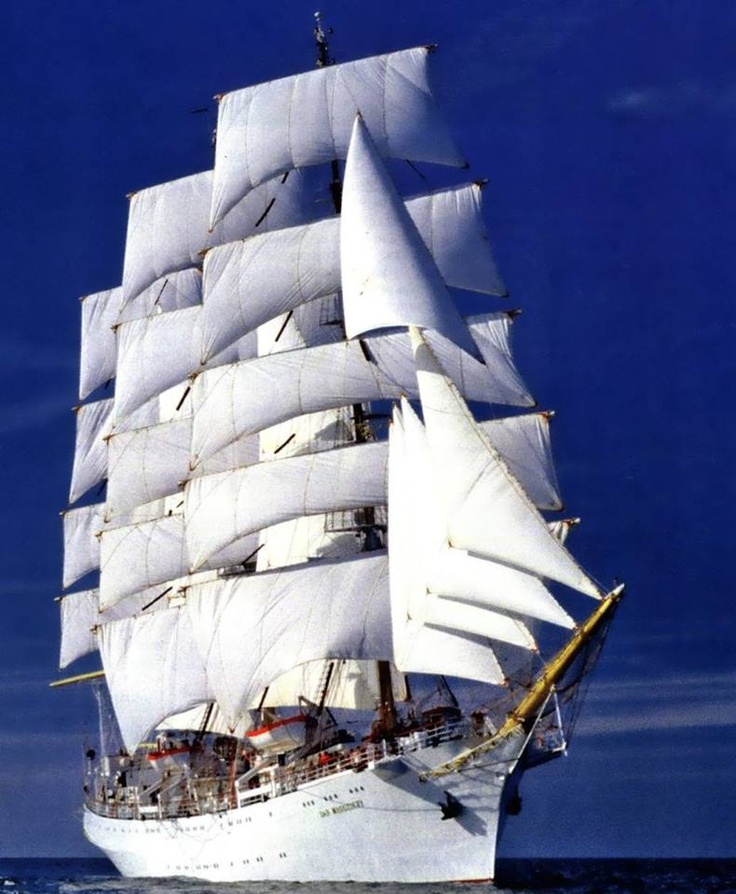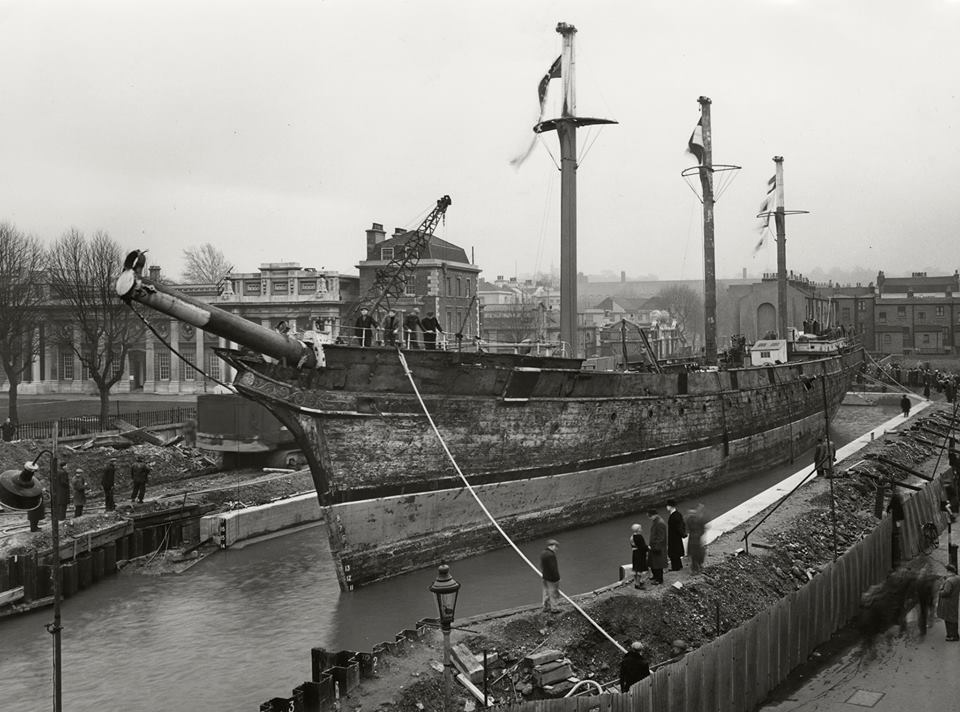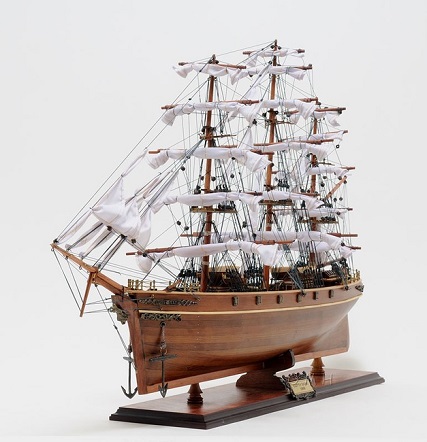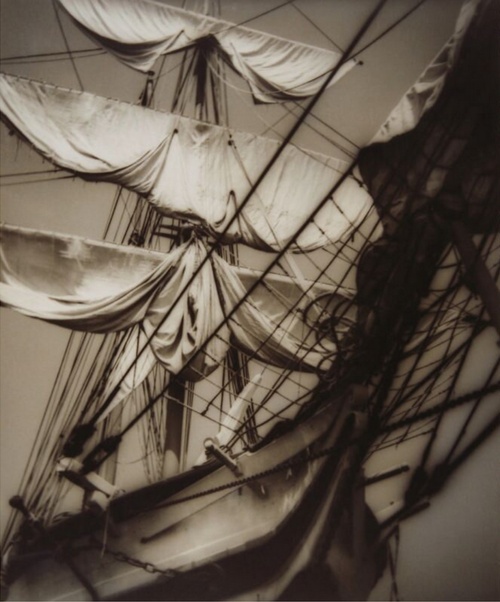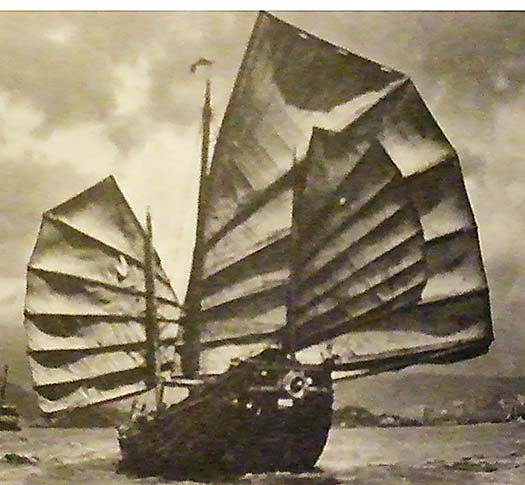source www.fanpop.com
A junk is a boat used in China. Junks usually have around two or three sails but sometimes have four. Each mast is made of bamboo. Bamboo is used because it is so strong that you don’t need very many ropes. Very large junks (about 150 meters or 492 feet long) are usually used for worldwide trips. An average sized junk usually carries food from city to city. The first Chinese junks were built in the Song dynasty between 960-1270. Later, in 1271-1368 a Mongol emperor built the first Chinese imperial treasure fleets. These junks sailed to Sumatra, Ceylon, and southern India. The famous explorer, Marco Polo journeyed to the Mongol court and described seeing four-masted junks that had sixty cabins for merchants and crews of up to 300. About six centuries ago, the Chinese built huge armadas of junks that sailed to Ceylon, Arabia, and East Africa. The fleet had huge nine-masted junks that were over 400 feet long and 150 feet wide or 122 meters long and 46 meters wide. There were 27,000 crew members and soldiers in the armada! These junks were escorted by water tankers, supply ships, ships for cavalry horses, and patrol boats.
source www.transpacificproject.com
Pinisi – Indonesian Traditional Sailing Ship
http://aroenjava.wordpress.com/
en.wikipedia.org
‘Gotheborg III’, one of the world’s largest fully rigged sailing ships, spent two weeks in London last month as it neared the end of a 615 day voyage retracing the trade routes between Europe and the Far East in the 17th, 18th and 19th centuries.
An exact sea going replica of ‘Gotheborg 1’, one of the original East Indiamen, Gotheborg III left its namesake city on 2 October 2005 and was due to return there on the 9th of this month.Gotheborg III was built using traditional materials and techniques, taking over ten years from keel laying to sea trials. Although built along traditional lines, it is crammed full of modern equipment such as engines and computers, some of which has been supplied by one of its major sponsors SKF.The vessel has two main engines which are useful in ports and narrow fairways and could also be called upon in case of an emergency. SKF bearings are used in the propellers as well as fans and pumps on board the vessel. SKF seals are also used in the fans. An SKF Machine Analyst platform encompasses a family of software applications for managing and analysing machinery vibration and condition data, which can be relayed elsewhere by satellite communications. SKF MA also supports continuous online condition monitoring, whilst there is an SKF Vogel lubrication system in the engine room.Away from the engine room, Gotheborg III operates with satellite navigation, radar and digital charts although in keeping with earlier traditions, a watch is kept at all times.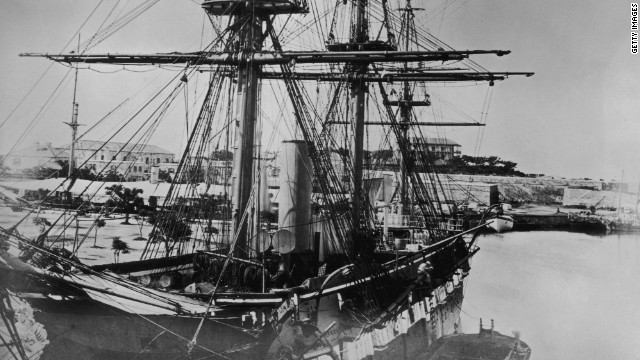 http://www.cnn.com/2012/10/12/tech/sailing-green-merchant-ship/
http://www.cnn.com/2012/10/12/tech/sailing-green-merchant-ship/
With their billowing sails, towering masts and long wooden hulls, 19th century clipper ships were staggering feats of design — and Europe’s lifeline to the world’s most exotic goods.
Laden with spices, teas and chocolates from across the globe, the use of these wind-powered sailing vessels reached its peak during the late 1800’s, a period often referred to as the “Golden Age of Sail.”
Abandoned in the advent of steamboats, the centuries-old transport is now enjoying a revival among cargo traders, with a new breed of merchant ships returning to wind power in an effort to promote
environmentally sustainable trade.
http://www.cnn.com/2012/10/12/tech/sailing-green-merchant-ship/
STS “Dar Młodzieży”
Facebook.com
Cutty Sark arrives at her new permanent berth, 10 Dec 1954
Facebook.com
The Cutty Sark was built in Dumbarton, Scottland, in 1869 and was engaged in the China tea trade until 1873. She then embarked upon twenty years of passages between England and Australia. After 1895 she served under the Portuguese flag for twenty-five years. She now belongs to the Thames Nautical Training College and she stands dry-docked at Greenwich in London
Grecian Schooner c. 1938 by Eleanor Parke Custis
“A large Chinese Junk running goosewinged. Note the huge mainsail and the different balance of sails and their design.” Old photo from South China Morning Post
http://lloydkahn-ongoing.blogspot.com/


